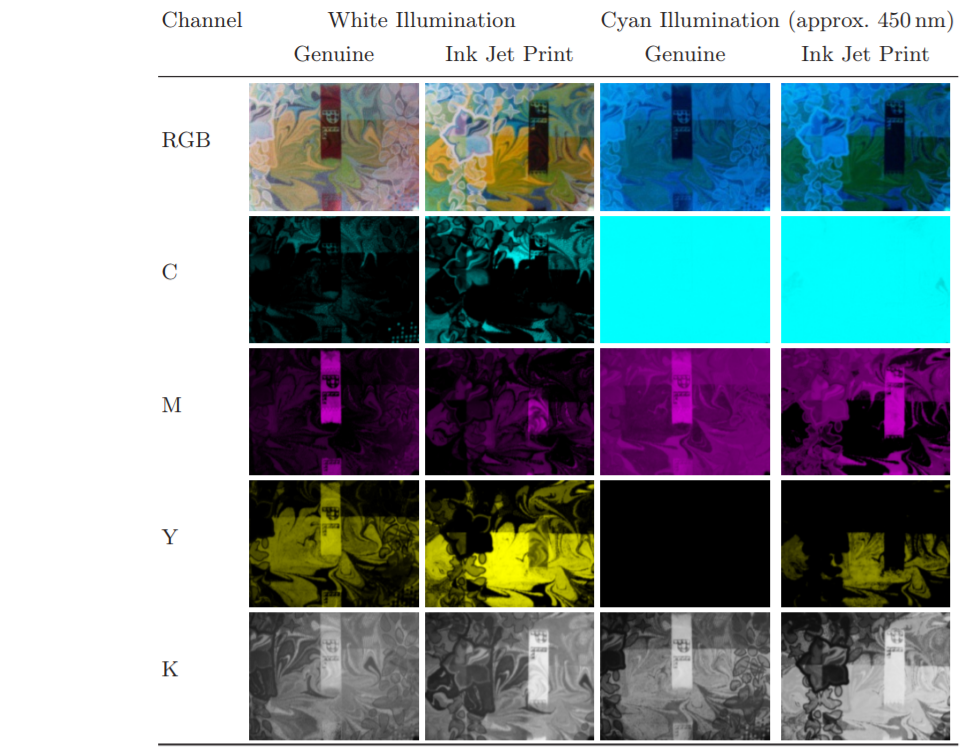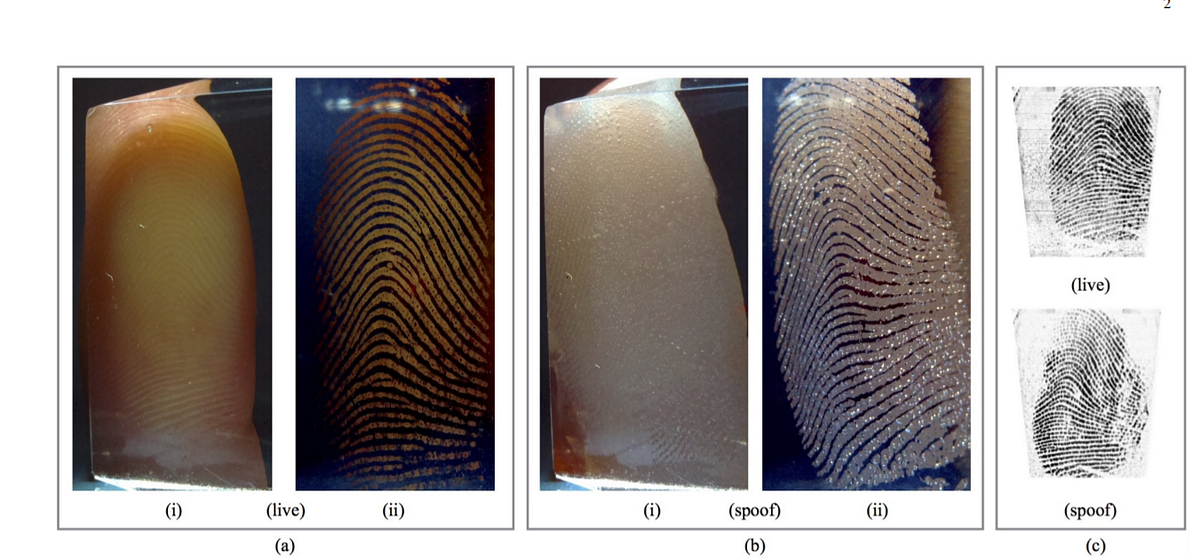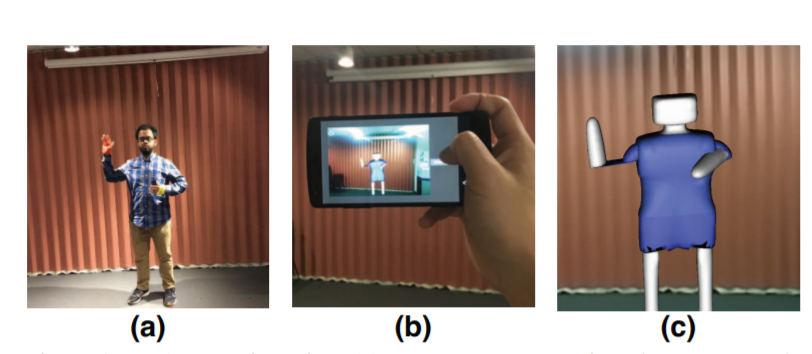The Raspberry Pi is a powerful single-board computer to help you do proof-of-concept of your ideas.
To make the Raspberry Pi smart enough to realize what we want, we’ll need it to sense the world.
Which sense has the biggest impact on our everyday lives? I believe it’s vision. Camera builds the vision for the Raspberry Pi, and with multiple cameras, you get even more features to explore.
Here are 6 exciting applications enabled by the Arducam multi-camera adapter for the Raspberry Pi.
- 1. A Low-Cost Multi-Camera System With Multi-Spectral Illumination
- 2. Design And Fabrication of Balloon Satellite
- 3. Implicit coordination for 3D underwater collective behaviors in a fish-inspired robot swarm
- 4. RaspiReader: An Open Source Fingerprint Reader Facilitating Spoof Detection
- 5. A Traffic Management System to Improve Traffic Control
- 6. MARBLE: Mobile Augmented Reality Using a Distributed BLE Beacon Infrastructure
1. A Low-Cost Multi-Camera System With Multi-Spectral Illumination
https://link.springer.com/content/pdf/10.1007/978-3-662-59895-5_22.pdf\
ArduCAM offers camera multiplexer boards that facilitate the operation of up to 4 cameras with a single Raspberry Pi. These multiplexer boards can also be serially cascaded to extend the number of cameras connected to the single Raspberry Pi. This has been exploited in the design of the proposed system: Sets of 4 camera modules are each connected to one of three ArduCAM camera multiplexer boards, all serially connected to one standard Raspberry Pi Zero that controls the image acquisition. When the Raspberry Pi receives the command to acquire the images of each camera, it iterates sequentially over the 12 cameras, receiving one image per camera. Cameras, multiplexers, and Raspberry Pi communicate over the standard MIPI (Mobile Industry Processor Interface) port.

2. Design And Fabrication of Balloon Satellite
https://www.ijeast.com/papers/223-240,Tesma409,IJEAST.pdf
Arducam Raspberry Pi multi-camera connector module is intended for interfacing more than one camera to a solitary CSI camera port on Raspberry Pi board. One connector board can associate 4 cameras and the user can pile up a limit of 4 connector barricades that way to 16 cameras on a solitary Raspberry Pi board. Suit 4 Raspberry Pi cameras on a multi-camera connector board Stackable and greatest course 4 connector sheets, 3 GPIOs required for multiplexing on one connector board, 5 GPIOs for two connector board, 9 GPIOs for four connector board.

3. Implicit coordination for 3D underwater collective behaviors in a fish-inspired robot swarm
https://robotics.sciencemag.org/content/robotics/6/50/eabd8668.full.pdf
The 195° wide-angle lenses (Arducam) of the cameras (Raspberry Pi Camera Module v2) penetrate the body on either lateral side and are angled 10° forward against the y axis. Thermoformed hemispheres made of clear plastic (Curbell Plastics PETG, 0.5 mm in thickness)cover the lenses for waterproofing (Fig. 1A). On the inside, the camera cables are routed to a duplexer board (Arducam), which is then connected to the onboard computer (Raspberry Pi Zero W). One camera can be used at a time, and the duplexer board allows for superfast switching (~20 s).

4. RaspiReader: An Open Source Fingerprint Reader Facilitating Spoof Detection
https://arxiv.org/pdf/1708.07887.pdf
Because the Raspberry Pi only has a single camera connection port, a camera port multiplexer is used to enable the use of multiple cameras on a single Pi [43]. Using the Raspberry Pi GPIO pins, the code available in [43], and the camera multiplexer, one can easily extend the Raspberry Pi to use multiple cameras. Note that an alternative approach that has been suggested for enabling multiple cameras on the Raspberry Pi is to attach one camera to the Pi’s camera connection port, and a separate USB web-cam to the Raspberry Pi USB port.

5. A Traffic Management System to Improve Traffic Control
The ARDUCAM camera multiplexer makes use of the GPIO pins of raspberry pi 3 to allow four cameras to be connected to a single raspberry pi. Using pin configurations, the raspberry pi can switch between the cameras to activate and record videos or captured images. The camera multiplexer is by the junction control unit to switch between lanes and record videos of the traffic lanes.

6. MARBLE: Mobile Augmented Reality Using a Distributed BLE Beacon Infrastructure
https://www.cs.unc.edu/~bashima/publications/pdf/marble.pdf
Raspberry Pi is a card-sized single board low cost computer. We are using the Raspberry Pi 3 model which has Quad Core Broadcom BCM2837 64-bit ARMv8 processor with up to 1.2GHz, 1 GB RAM and 40 GPIO pins. As Pi 3 is equipped with one Camera interface (CSI), we are using Arducam Multi Camera Adapter Module to interface stereo camera.



